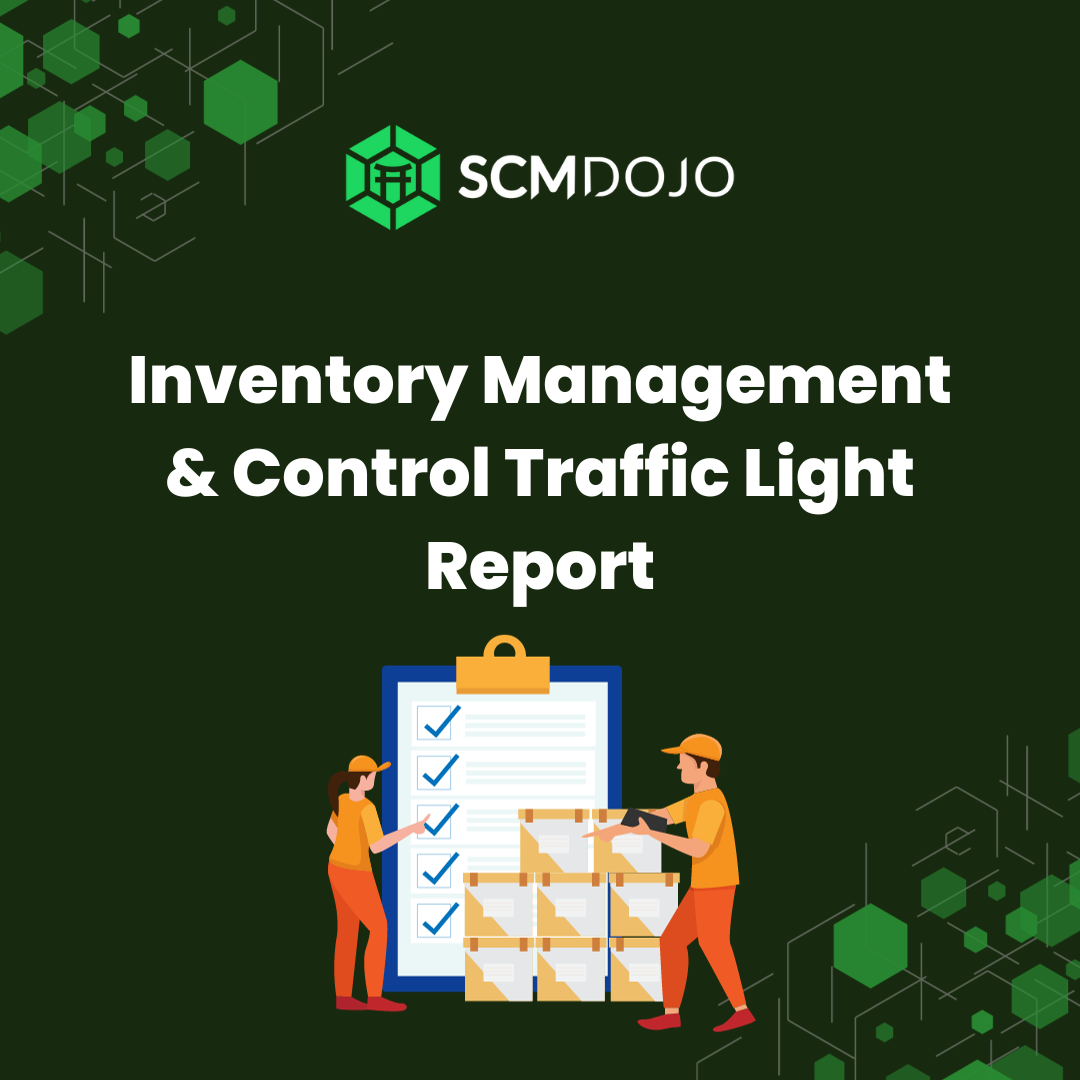The fast-evolving business trends and technologies bring new challenges to every organization. One of these issues is making sure that the amount of products they have matches what they’re supposed to have, also known as stock discrepancy. To mitigate the issues of the end-to-end supply chain and cope with customer expectations, organizations are constantly focusing on reducing the delivery lead time. One of the essential steps to reduce the lead time is to manage inventories in every form like raw material, semi-finished products, and final goods.
Experts define inventory as a necessary evil. It is essential to run a business, but it blocks the money in the form of materials. Therefore, it is essential to manage accurate inventory. One of the major challenges in inventory management, especially in the eCommerce business, is stock discrepancy.
This article will take you through a brief definition of a stock discrepancy, its primary reasons, and the best practices to avoid it. Stay with us.
What is Stock Discrepancy?
Stock discrepancy refers to the variation of physically available stock or inventory of items concerning the current inventory in records or systems. To run a successful business of any size, it is vital to maintain accurate stock. However, inventory variation is a common scenario in a practical situation. In the case of industries like e-commerce, where you need to deal with a massive number of different SKUs, quick and error-free material movements, and handling hundreds of logistics teams, the chances of inventory mismatch are even higher.
Minor inventory discrepancies can be managed easily, but major stock variations can lead to considerable losses to your organization. Therefore, you must have a robust system to check the inventories, find the loopholes of discrepancies, and implement the best practices to avoid any bad situations.
Main Causes of Inventory Discrepancy
Managing inventory throughout an e-commerce supply chain may sound easy, but it is a daunting task. You need to deal with thousands and lakhs of inward receipts and outward deliveries day in and day out. Tracking every material movement, delivering the right product to the right place at the right quantity, and on top of everything, managing inventory accuracy is like a nightmare.
However, the task becomes easy if you know the probable causes of inventory discrepancies and how to avoid them. Here are some major causes of stock variation.
Inventory Shrinkage:
When there is a difference between the actual inventory and the stock in the records, it is known as inventory shrinkage. Majorly it refers to when the physical stock of any item is less than the system stock. There are some probable reasons behind such discrepancies like
- Pilferage
- Theft
- Administrative errors
- Vendor fraud
There may be a chance of error in the accounting system, which eventually decreases the item’s quantity.
Misplaced Inventory:
There is a place for every material in modern warehouses, and it is defined in the inventory management system. Whenever the warehouse team receives an item, it is labeled first and then goes to its exact location. The same activity happens in the case of goods for delivery. Although in some advanced warehouses, automated robots perform the task, but majorly in most industries, this activity is done by a human.
Due to any human error in receiving or issuing materials, putting the material in different locations, mistaking as other SKUs, or wrong labeling, discrepancies appear in the inventory. Many times, suppliers also send the wrong materials unintentionally. Any of these mistakes lead to a variation in inventory.
Human Error:
One of the major causes of inventory discrepancy is human error. Apart from some highly advanced e-commerce warehouse management systems, most of the eCommerce end-to-end supply chain is driven by humans. And if your employees are not appropriately trained on how to receive, store, track, and manage stocks, inventory discrepancy is unavoidable.
An inventory management system can assist people in managing the inventory efficiently, but they are the people who run the system. Firstly, to avoid human errors, you need to make sure that people understand the consequences of inventory variations. Keeping a standard operating procedure in place, displaying visual instructions, regular training, and frequent inventory audits are some of the best practices to avoid such errors.
Mismanaged Returns:
Return management does not add value to the business directly, but it has an impact on the profit and loss of the organization. Reverse logistics is equally important as last-mile delivery. Poor return management can generate significant stock discrepancies.
As there are several ways to treat the returned materials (restocked, refurbished, non-quality-disposed, or scrapped), it is important to perform every activity carefully. If a non-quality material is stored back in the warehouse, it will create a significant stock discrepancy. Similarly, if a returned material is coded wrongly and placed in the location, it will show the wrong information in the system. Effective return management not only helps you to avoid inventory discrepancies but also helps you to improve revenue.
Read More about Mastering Returns Management: The Ultimate Guide to Streamlining Your E-commerce Process on our website SCMDOJO!
Methods to Avoid Stock Discrepancy:
Having a healthy inventory with accuracy is the key to delivering products on time in full. On one hand, it improves customer satisfaction, and on the other hand, you can book more orders due to better visibility of your inventory status. Stock accuracy is beneficial to mitigating supply chain risks by avoiding incorrect customer orders, material shortages, theft, and damages.
Best Practices to Avoid Inventory Variations
Double Check During Counting of Stock:
Physical inventory counting is a common process to identify and avoid inventory discrepancies. In this process, every item is checked physically, and then the stock is matched with the inventory records. Often during counting, there is a chance of error, and therefore, double counting can help avoid it. In case of a large inventory pool, you can use the ABC analysis method to identify high-value items and perform a double check on those items especially.
You can decide the frequency of physical counting based on the ABC-FMR strategy and decide on a quarterly audit (for fast-moving items) or annual checking (for slow-moving items).
Identify the Location of Stock:
In a running e-commerce or production environment, the pace of materials movement is very fast. And therefore, there is always a chance of keeping the same items in different locations. It is also vital to check whether similar items are mixed or not. With a slight change in design, the item code of an item changes. But to identifying the difference between such items becomes challenging. And this problem is common in every industry. While performing physical inventory counting, you must check all the locations thoroughly and check for mixing of similar materials.
Check the levels of Inwards & Outwards Stock:
To improve the inventory accuracy of your warehouse, you must ensure a strict inward and outward process. During the inwards process, checking every item along with their vendor invoices can help avoid major inventory mismatches. In many cases, suppliers, by mistake, send similar items with different item codes, and that initiates a stock variation.
Communicate with Manufacturers:
Suppliers play a significant role in your efficient inventory management process. You should establish strong communication with your vendors so that any issues, especially inventory variations, can be communicated immediately. If you inform your supplier about any discrepancies during the inward process, they can also check at their end and resolve the problem. Moreover, training the supplier’s staff can also make a big difference and help run your business smoothly.
Strong and transparent communication with your vendors not only helps you to manage inventory discrepancies but also helps you to avoid a stock-out situation, overstocking, and reduce the cost of poor quality (COPQ).
Opt for an Inventory Management System:
In this dynamic e-commerce environment, it is inevitable to have a smart inventory management system in place. It can help you to manage the stock levels, indicate possible errors, and even help you to locate the item quickly. The advanced inventory management software is highly beneficial in reducing the inventory counting time significantly, which is a huge saving for any e-commerce business.
Train Employees:
To make a big change, it is essential to increase awareness. As the technology in every field is changing rapidly, you can find that new tools and techniques are being introduced into the market every day. It is, therefore, essential to adopt new technologies and train people about the fundamentals as well as the latest tools for effective inventory management. If they know how to perform inventory counting, its benefits, and its ill effects, it will increase their awareness, and they can perform better inventory management.
Partner with a 3PL:
Another best practice to avoid inventory variations is partnering with a 3PL. Being an experienced organization Wareiq knows every nitty-gritty of inventory management and how to prevent stock discrepancies effectively. It offers stringent control and saves your time and money. Through the latest digitized tools, the overall inventory counting process is performed quickly and at a higher level of transparency.
Read more about 3PL Integration: Building an Expandable and Resilient Orchestration Solution on our website SCMDOJO!
Conclusion:
Nowadays, the process of performing business has changed a lot. Technological advancement has increased buyers’ expectations in terms of competitive prices, better material quality, and quick delivery. Poor inventory management with a lot of discrepancies will not only hamper your business revenue, but you will lose customers.
Human errors and inefficient systems are the root cause of the stock discrepancy. By implementing best practices, you can eliminate all the reasons and establish a healthy inventory system in your organization. Adopting intelligent inventory management software and partnering with an efficient 3PL like Wareiq can help manage your inventory better.




